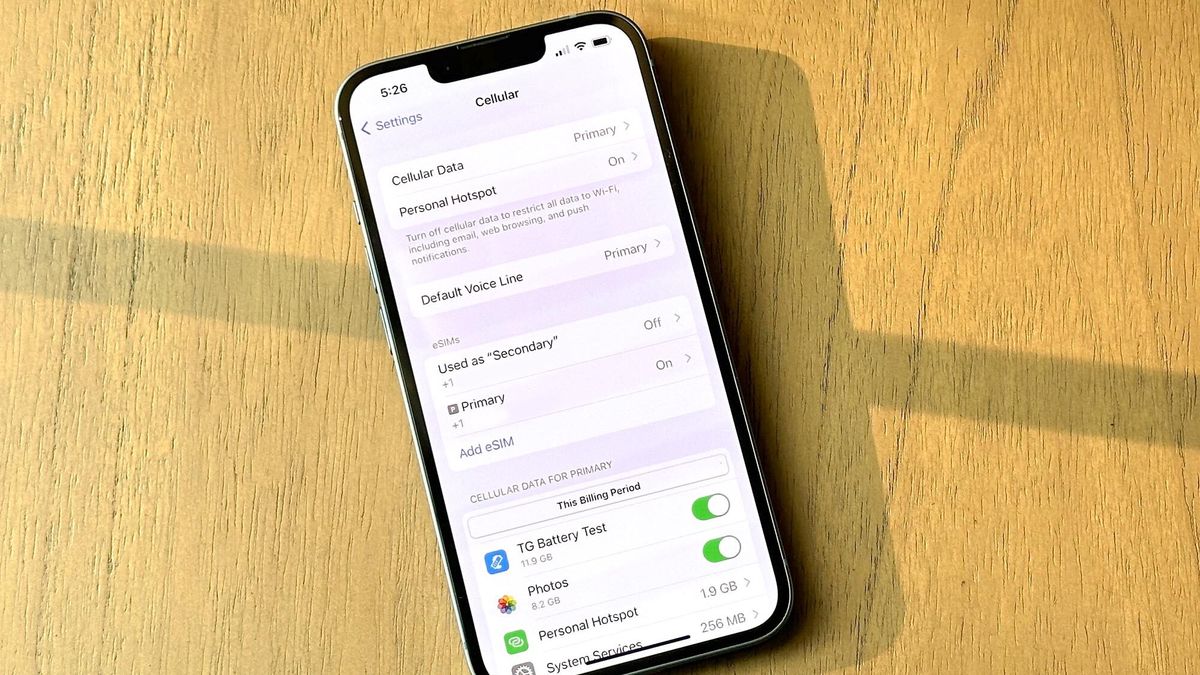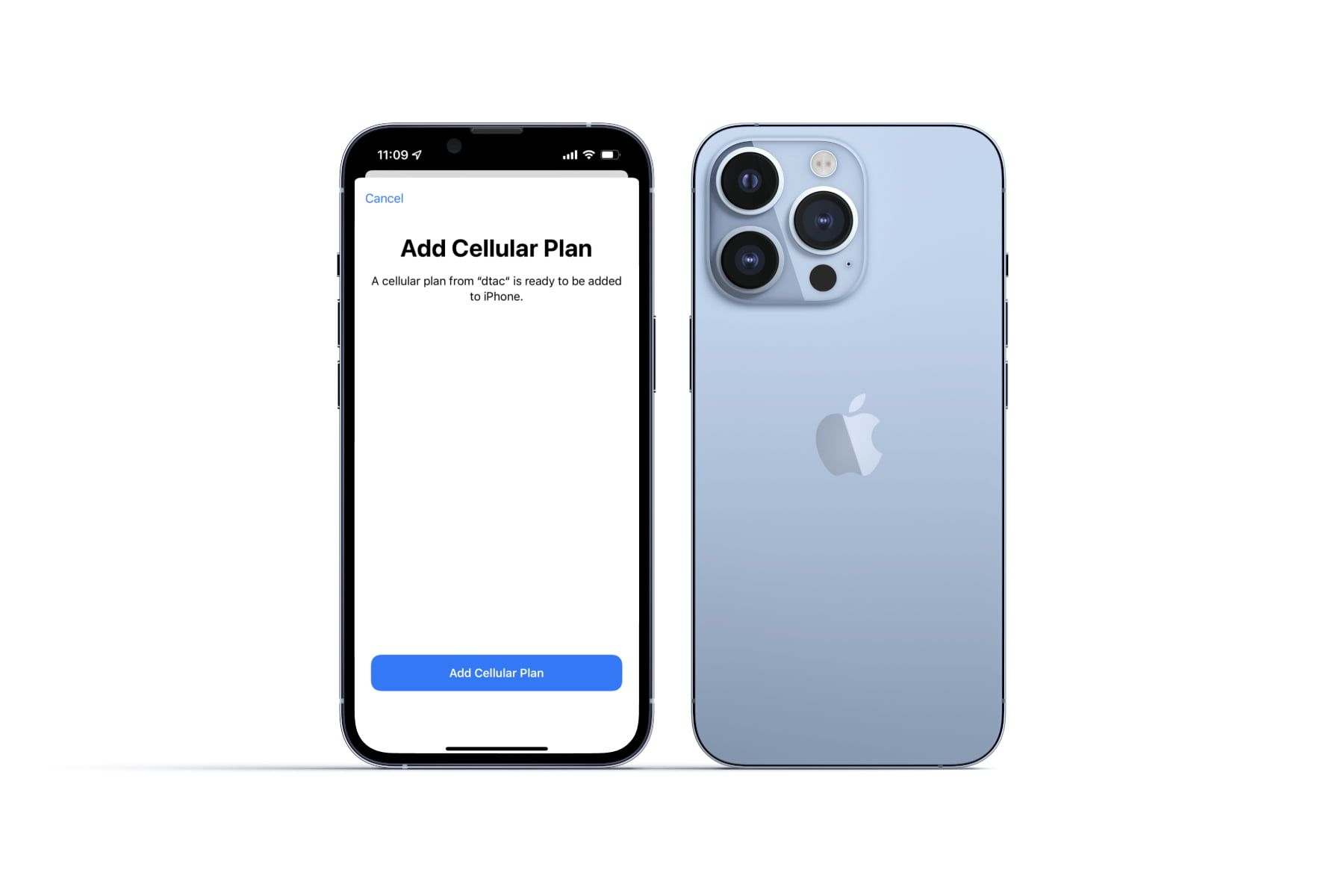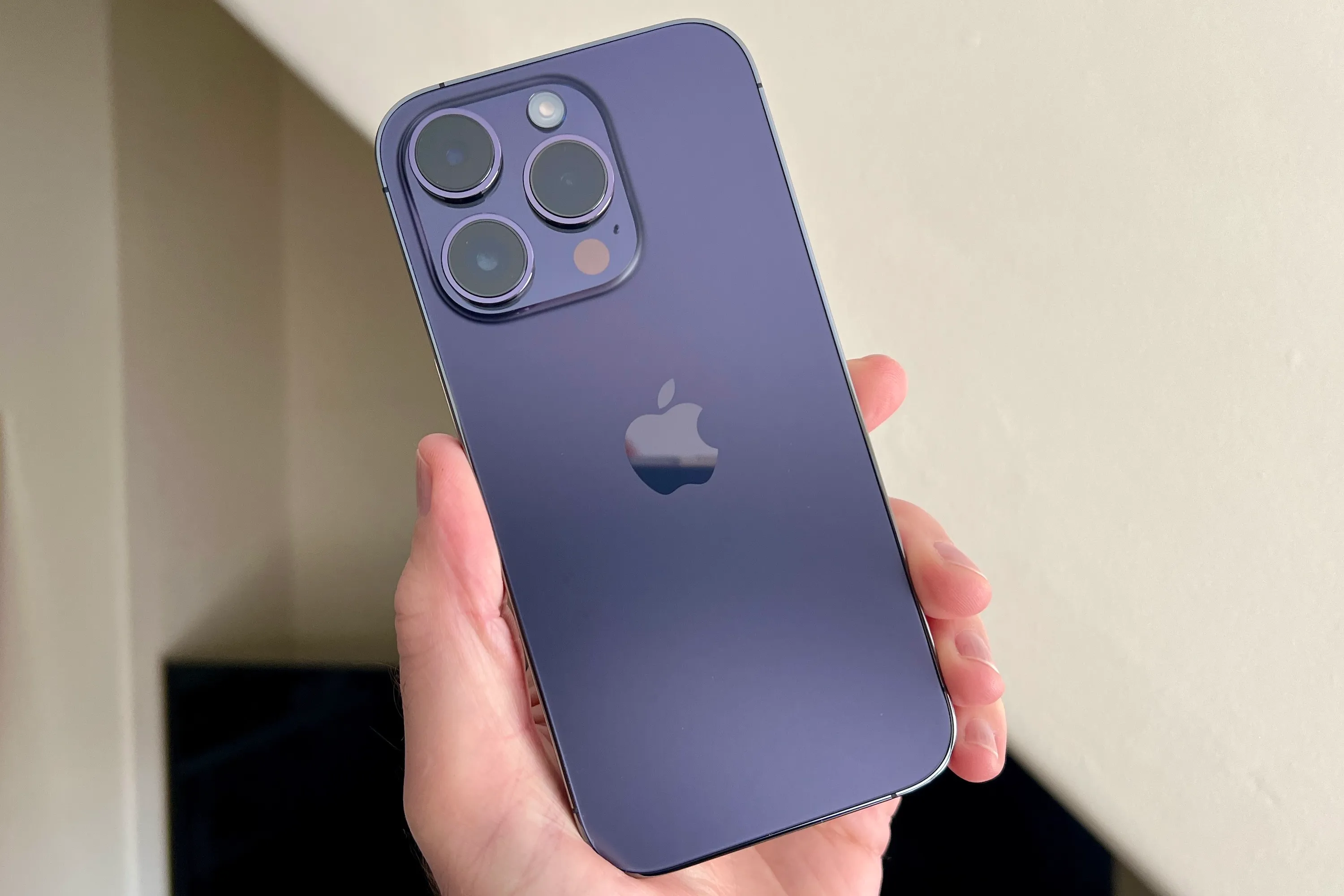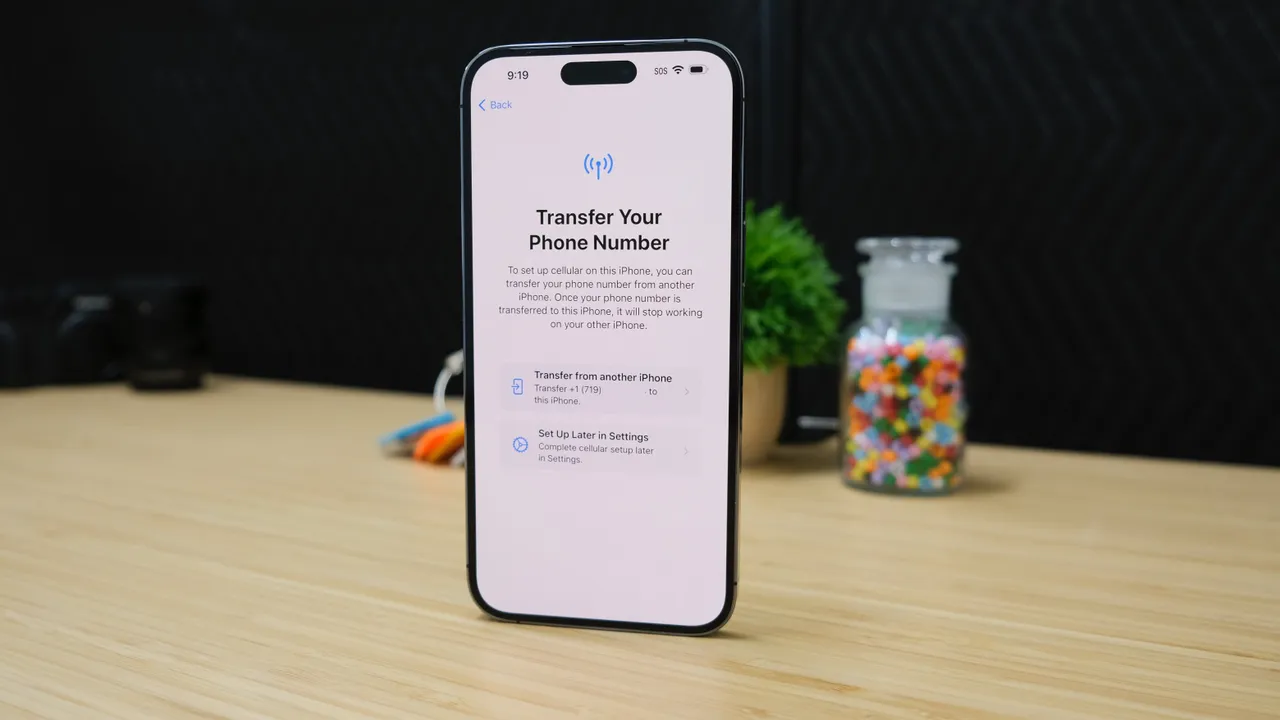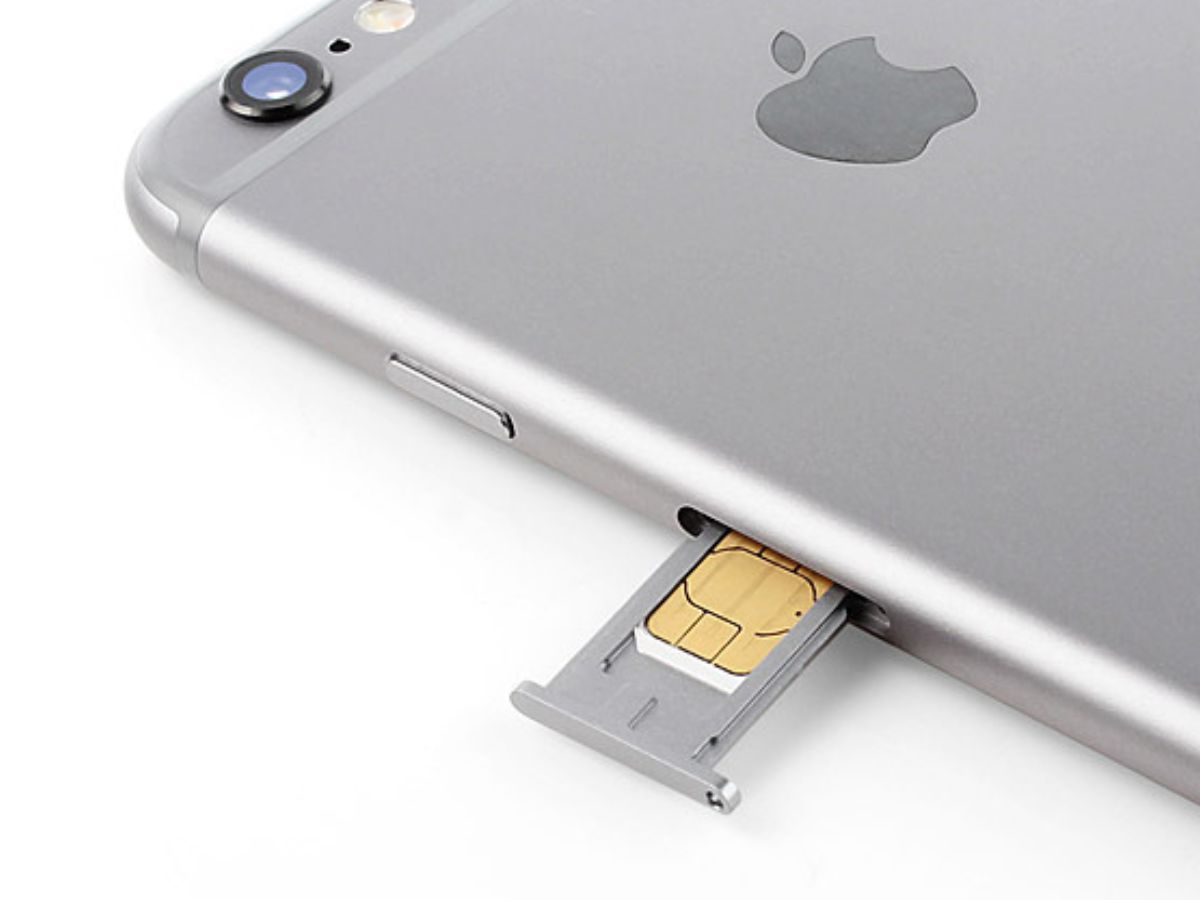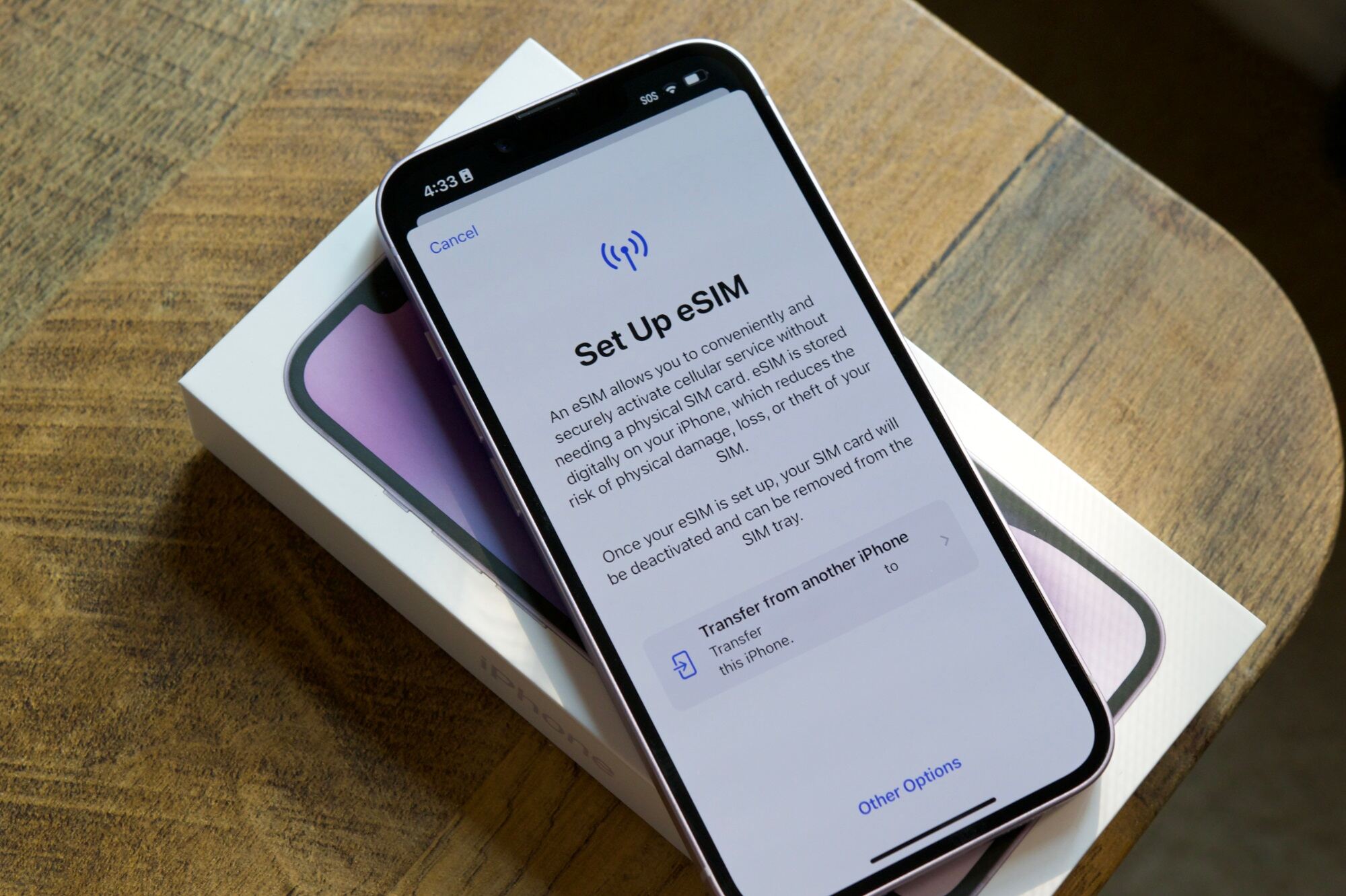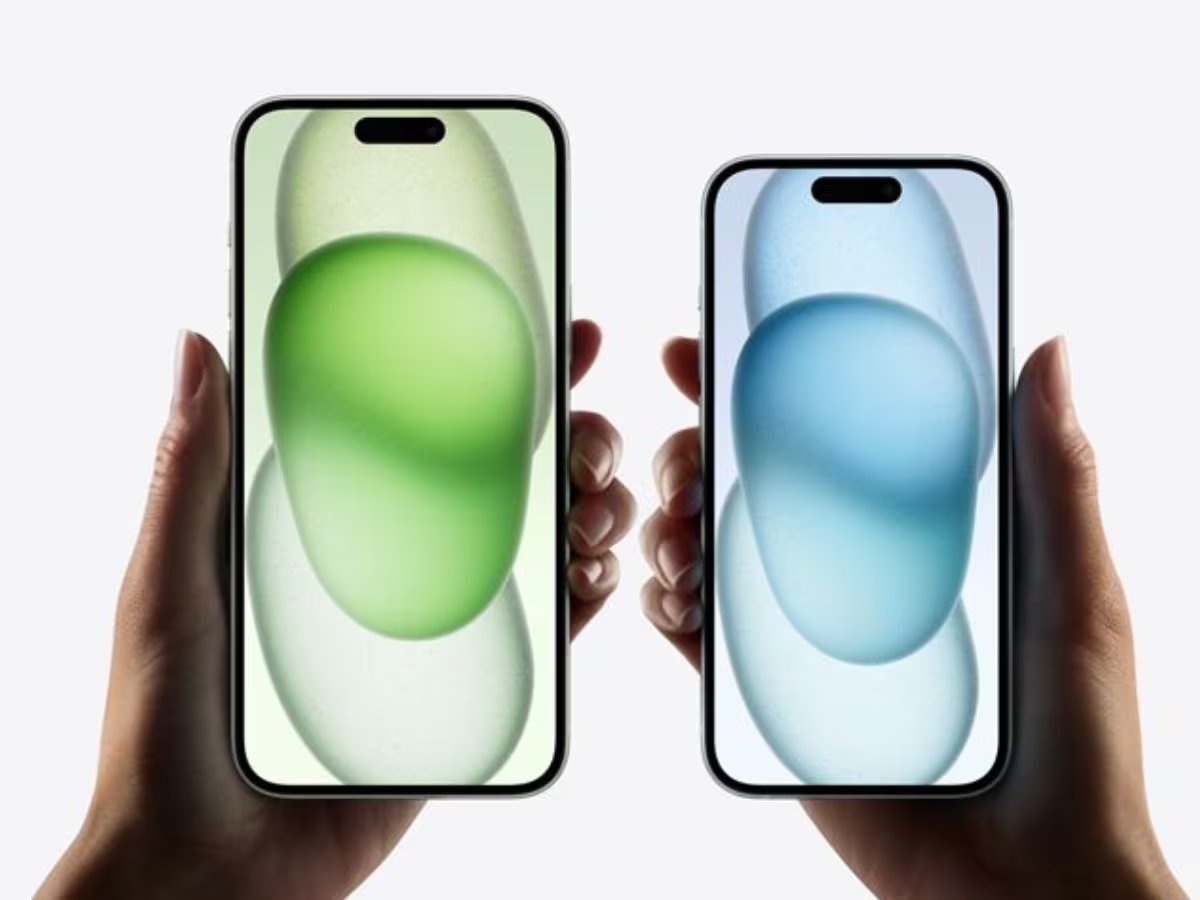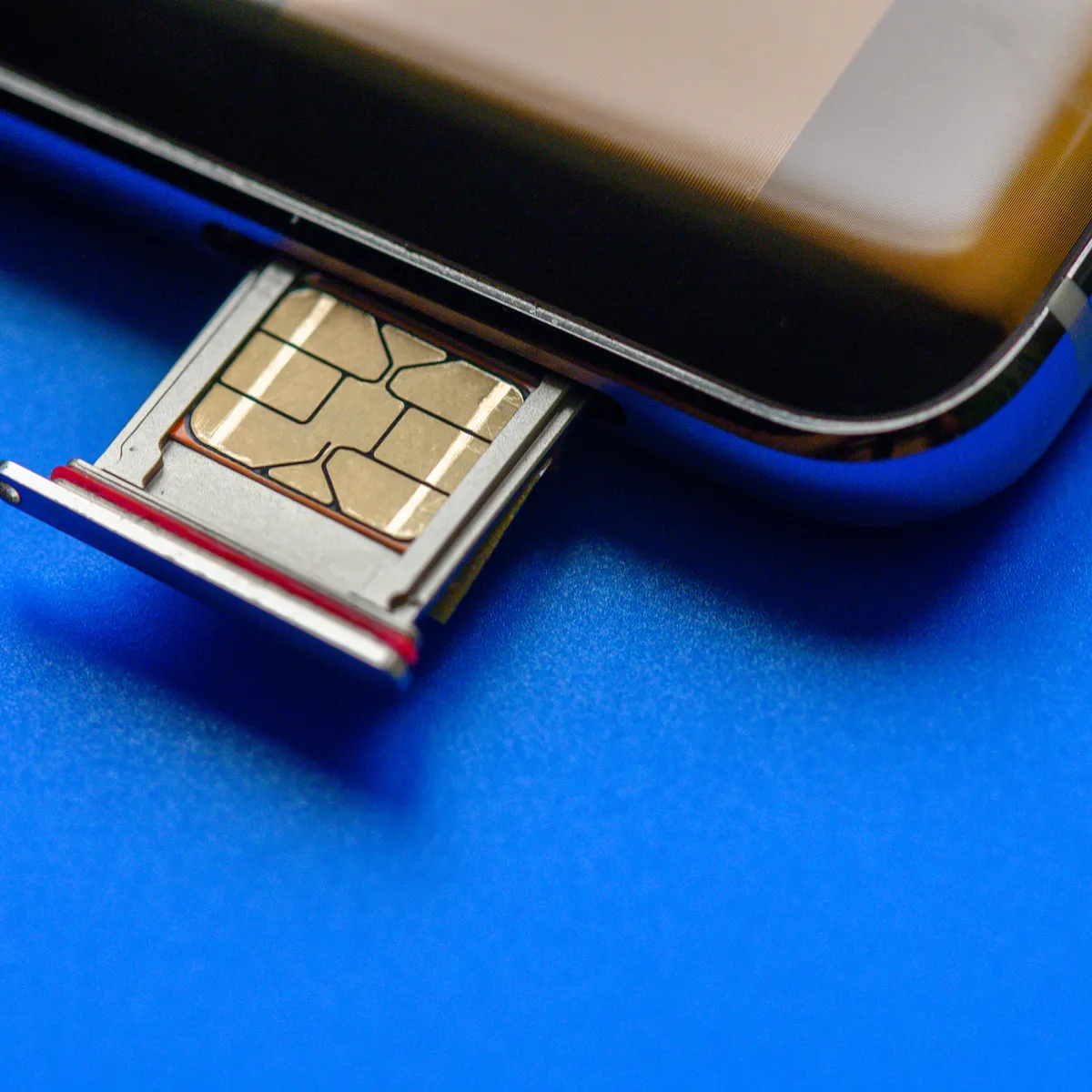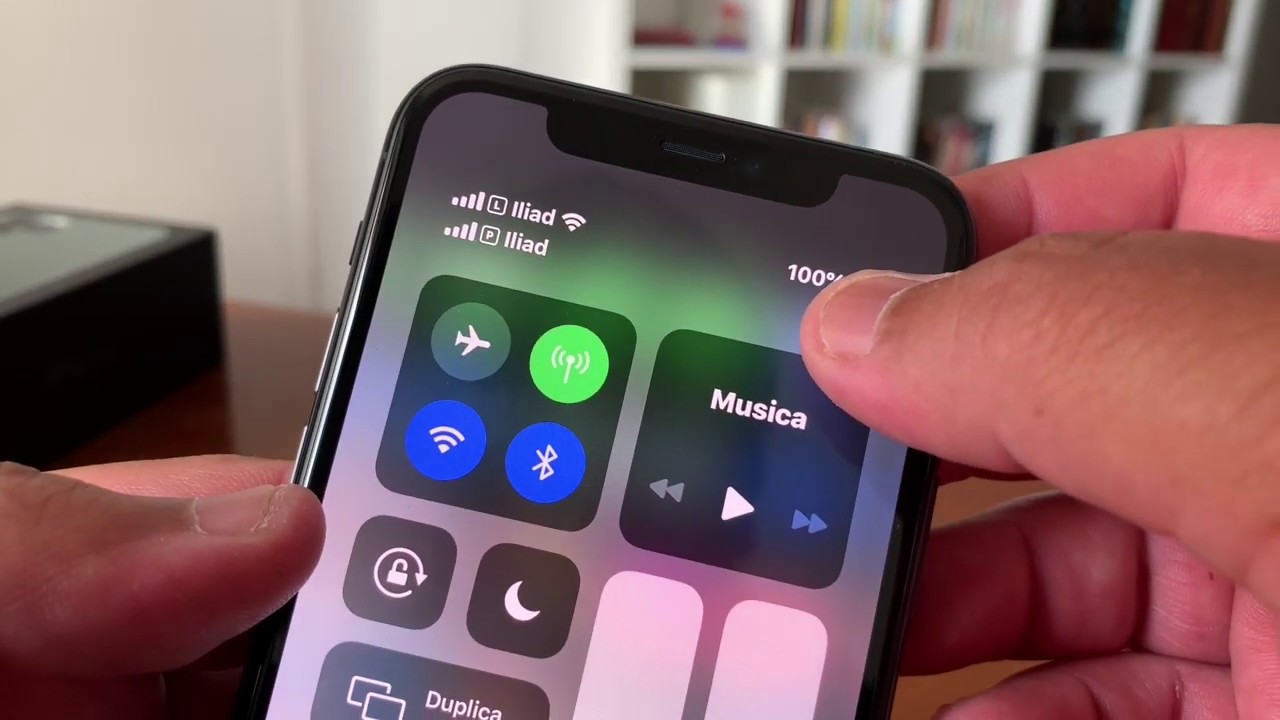What is eSIM?
eSIM, short for embedded Subscriber Identity Module, is a revolutionary technology that allows users to activate and use a cellular plan without the need for a physical SIM card. Instead of inserting a traditional SIM card into your device, eSIM is embedded directly into the device itself, typically in the form of a tiny chip. It brings the convenience of switching between different cellular networks and plans without the hassle of physically swapping SIM cards.
eSIM technology has been gaining popularity in recent years, particularly in smartphones such as iPhones. It offers numerous benefits and is set to revolutionize the way we use cellular services. With eSIM, you no longer need to visit a store to get a new SIM card or deal with the inconvenience of losing or damaging a physical SIM. The entire activation process is simplified, making it a convenient solution for frequent travelers, dual-SIM users, and those who like to switch between different networks easily.
eSIMs not only offer the ability to store multiple network profiles on a single device, but they also bring added flexibility for businesses managing multiple devices. It makes it easier to remotely provision and activate new connections, reducing overhead costs and increasing efficiency. Furthermore, eSIMs are compatible with a wide range of devices, including smartphones, tablets, smartwatches, and even laptops.
One important distinction of eSIM technology is that it’s not limited to a specific carrier or network. This means that users have the freedom to choose and switch between different carriers based on their needs, allowing for greater flexibility and potentially better coverage. Whether it’s for personal use or business needs, eSIM brings a new level of convenience and flexibility to cellular connectivity.
It’s important to note that eSIM is not meant to replace traditional physical SIM cards altogether. Physical SIM cards will continue to be used, particularly in devices that do not support eSIM technology. However, as more devices adopt eSIM capabilities, it’s likely that we will see a shift towards a more eSIM-oriented future.
Benefits of eSIM on iPhone
eSIM technology offers several advantages specifically for iPhone users. Let’s explore the benefits of using eSIM on your iPhone:
- Flexibility and Convenience: With eSIM, you have the flexibility to switch between different mobile carriers without physically swapping out a SIM card. This is particularly useful for travelers who can easily activate a local data plan on their iPhone without the need for a physical SIM card. Additionally, eSIM allows you to have dual-SIM functionality on your iPhone, meaning you can use two different numbers or plans on a single device.
- Easy Setup and Activation: Activating an eSIM on an iPhone is a simple and streamlined process. You can easily add a new cellular plan directly from the settings menu and activate it instantly. This eliminates the need to visit a store or wait for a physical SIM card to be delivered, making it convenient and time-saving.
- Seamless Network Switching: Switching between different cellular networks is seamless with eSIM. You can quickly switch between multiple carrier profiles on your iPhone, allowing you to choose the best network coverage and data plans based on your needs. This is especially beneficial for users who frequently travel internationally or need reliable connectivity in different regions.
- No Physical SIM Card Hassles: One of the major advantages of eSIM is the elimination of physical SIM card related issues. You no longer need to worry about losing, misplacing, or damaging a physical SIM card. This also means you can easily switch between different iPhones or share your cellular plan across multiple devices without the need for a physical SIM card.
- Enhanced Security: eSIM provides an additional layer of security for your iPhone. Since there is no physical SIM card that can be removed and used in another device, the chances of SIM card cloning or theft are significantly reduced. This ensures that your cellular connection remains secure and protected.
Overall, eSIM technology offers iPhone users added flexibility, convenience, and ease of use. Whether you’re a frequent traveler, a business professional in need of dual-SIM capabilities, or simply looking for a hassle-free cellular connectivity solution, eSIM on the iPhone brings numerous benefits that enhance your mobile experience.
Check if your iPhone supports eSIM
Before you can start enjoying the benefits of eSIM on your iPhone, you need to ensure that your device supports this technology. Here’s how you can check if your iPhone supports eSIM:
- Check iPhone Model: Not all iPhone models support eSIM. The following iPhone models are compatible with eSIM technology: iPhone XS, iPhone XS Max, iPhone XR, iPhone 11, iPhone 11 Pro, iPhone 11 Pro Max, iPhone SE (2nd generation), iPhone 12, iPhone 12 mini, iPhone 12 Pro, and iPhone 12 Pro Max. If you have one of these models, you’re good to go!
- Open Settings: On your iPhone, navigate to the Settings app.
- Tap on Cellular: Once in Settings, tap on “Cellular” or “Mobile Data” depending on your device’s language settings.
- Look for Cellular Plans: Scroll down and look for the “Cellular Plans” or “Add Cellular Plan” option. If you see this option, it means that your iPhone supports eSIM technology.
- Contact Your Carrier: If you’re still not sure whether your iPhone supports eSIM, you can contact your mobile carrier or visit their website for specific information about eSIM compatibility with your device.
It’s worth noting that even if your iPhone model supports eSIM, your mobile carrier may not offer eSIM functionality or support it in your region. It’s important to check with your carrier to ensure that they provide eSIM services and activate eSIM for your device.
Once you have confirmed that your iPhone supports eSIM, and your carrier offers the corresponding services, you can proceed with the activation and setup process.
How to Enable eSIM on iPhone
Enabling eSIM on your iPhone is a straightforward process. Follow the step-by-step guide below to activate and set up eSIM on your device:
- Check eSIM Availability: Ensure that your mobile carrier supports eSIM and provides eSIM activation services for your iPhone model.
- Obtain eSIM QR Code or ID: Contact your mobile carrier to obtain the eSIM QR code or ID. This is a unique identifier that is required to activate your eSIM.
- Open Settings: On your iPhone, go to the Settings app.
- Tap on Cellular: Navigate to “Cellular” or “Mobile Data” in the Settings menu.
- Add Cellular Plan: Tap on “Add Cellular Plan” or “Add Data Plan.” This will launch the eSIM setup process.
- Scan QR Code or Enter Details: If you have received a QR code from your carrier, use your iPhone’s camera to scan the QR code. If you have an eSIM ID, select “Enter Details Manually” and enter the necessary information provided by your carrier.
- Activate eSIM: Once the QR code or details are scanned or entered, your iPhone will prompt you to activate the eSIM. Follow the on-screen instructions to complete the activation process.
- Set Primary and Secondary Lines: If your iPhone supports dual-SIM functionality, you can choose whether the eSIM is used as the primary or secondary line for calls, messages, and data. Customize the settings according to your preference.
Once the eSIM activation is complete, you should see your new eSIM cellular plan listed under the Cellular or Mobile Data section in the Settings app. You can now enjoy the benefits of eSIM, such as the ability to switch between cellular plans and networks without the need for a physical SIM card.
It’s important to note that the specific steps may vary slightly depending on your iPhone model and the software version it’s running. If you encounter any issues during the eSIM activation process, it’s recommended to contact your mobile carrier for assistance.
Step-by-Step Guide to Downloading eSIM on iPhone
Downloading eSIM on your iPhone is a simple process that allows you to activate and use a cellular plan without a physical SIM card. Follow the step-by-step instructions below to download eSIM on your iPhone:
- Check eSIM Availability: Ensure that your mobile carrier supports eSIM and offers eSIM activation services for your iPhone model.
- Contact Your Carrier: Reach out to your mobile carrier to obtain the necessary details for eSIM activation. This typically includes an eSIM QR code or an activation code provided by your carrier.
- Open Settings: On your iPhone, launch the Settings app from the home screen.
- Tap on Cellular: Scroll down and tap on “Cellular” or “Mobile Data,” depending on your device’s language settings.
- Add Cellular Plan: Tap on “Add Cellular Plan” or “Add Data Plan.” This will prompt your iPhone to begin the eSIM activation process.
- Scan QR Code: If you have received an eSIM QR code from your carrier, position your iPhone’s camera to scan the QR code. The camera will automatically recognize and proceed with the activation process.
- Enter Details Manually: If you don’t have an eSIM QR code, select the option to “Enter Details Manually.” Enter the required information, which may include an activation code, carrier details, and other relevant information provided by your carrier.
- Confirm and Activate: Once you have completed the QR code scan or manual entry, your iPhone will validate the information and prompt you to confirm the activation. Review the details carefully and tap on the “Activate” button to proceed.
- Set Line Default and Label: If you have a dual-SIM iPhone, you will be given the option to choose the default line and add a label for your eSIM. Customize these settings according to your preference.
- Completion and Verification: After the activation process is complete, your iPhone will display your eSIM cellular plan under the Cellular or Mobile Data section in the Settings app. You can verify the successful activation by ensuring that the eSIM plan shows a signal strength indicator and cellular data connectivity.
Congratulations! You have successfully downloaded eSIM on your iPhone. You can now enjoy the convenience and flexibility of using a cellular plan without the need for a physical SIM card. If you encounter any issues during the eSIM download process, it is recommended to contact your mobile carrier for further assistance.
Troubleshooting Common eSIM Download Issues
While downloading eSIM on your iPhone is usually a smooth process, there might be instances where you encounter some issues. Here are some common eSIM download issues and troubleshooting steps to help you overcome them:
- Incompatible iPhone Model: Ensure that your iPhone model is compatible with eSIM technology. Only certain iPhone models support eSIM. If your device is not compatible, you will not be able to download eSIM.
- Incorrect QR Code or Details: Double-check the eSIM QR code or the manually entered details to ensure accuracy. Mistyping or incorrect information can cause download issues. Contact your mobile carrier to confirm the correct QR code or details for eSIM activation.
- Insufficient Network Coverage: Check if you have a stable and reliable internet connection during the eSIM download process. Weak or unstable network coverage can lead to download failures. Move to an area with better network reception or switch to a different Wi-Fi network if necessary.
- Carrier Limitations: Some carriers may impose restrictions on eSIM usage, such as specific plan requirements or limitations on the number of eSIM profiles allowed. Ensure that your carrier offers eSIM services and that your plan is eligible for eSIM activation.
- Software Updates: Make sure that your iPhone is running on the latest software version. Software updates often include bug fixes and improvements that can resolve eSIM download issues. Check for any available software updates in the Settings app under “General” and “Software Update.”
- Contact Mobile Carrier: If you have followed all the troubleshooting steps and are still unable to download eSIM, it is advisable to contact your mobile carrier’s customer support. They can provide specific assistance tailored to your account and troubleshoot any potential network or account-related issues.
Remember, eSIM technology is still relatively new, and occasional hiccups may occur during the download process. By following these troubleshooting steps and seeking support from your mobile carrier, you can overcome common eSIM download issues and fully enjoy the benefits of eSIM on your iPhone.
eSIM vs Physical SIM Card: Which One Should You Choose?
When it comes to choosing between eSIM and a physical SIM card, there are several factors to consider. Both options have their advantages and limitations, and the choice ultimately depends on your specific needs and preferences. Here’s a comparison to help you decide which option is right for you:
- Convenience: eSIM offers unmatched convenience. With eSIM, you can easily switch between different cellular plans and carriers directly from your device settings, without the need for a physical SIM card. This is especially useful for frequent travelers or individuals who often switch between multiple SIM cards.
- Dual-SIM Functionality: eSIM supports dual-SIM functionality, allowing you to use two different numbers or plans on a single device. This is particularly advantageous for business professionals who want to separate personal and work calls or for travelers who want to use a local SIM card while keeping their home number active.
- Physical SIM-usability: Physical SIM cards are more widely recognized and supported by mobile carriers worldwide. If you travel to remote or rural areas where eSIM support may be limited, a physical SIM card can ensure better network connectivity and coverage.
- Device Compatibility: eSIM technology is available on a wide range of devices, including smartphones, tablets, smartwatches, and laptops. However, not all devices support eSIM, and in such cases, a physical SIM card is the only option.
- Security: eSIM provides enhanced security as there is no physical SIM card to remove or steal. This reduces the risk of SIM card cloning or theft, ensuring a more secure cellular connection.
- Flexibility: eSIM offers the flexibility to switch between different carriers and plans with ease. You can choose the best network coverage and data plans based on your needs, which is particularly beneficial for frequent travelers or individuals who frequently change their cellular requirements.
- Physical SIM Card Backup: Having a physical SIM card as a backup can be useful in case of any eSIM download, activation, or compatibility issues. It ensures that you still have a reliable cellular connection as a fallback option.
Ultimately, the choice between eSIM and a physical SIM card depends on your specific requirements and priorities. If you value convenience, dual-SIM capability, and the flexibility to switch between carriers easily, eSIM is the way to go. On the other hand, if you need broader network coverage, device compatibility, or a reliable backup option, a physical SIM card may be the better choice.
It’s worth noting that eSIM technology is continuously evolving, and more devices and carriers are adopting this technology. As the eSIM ecosystem grows, we can expect greater support, compatibility, and availability of eSIM services worldwide.
Conclusion
eSIM technology has revolutionized the way we use cellular connectivity on iPhones. With its convenience, flexibility, and enhanced security, eSIM offers numerous benefits to users. Whether you’re a frequent traveler, a business professional needing dual-SIM functionality, or simply looking for a hassle-free solution, eSIM is a game-changer.
In this article, we explored what eSIM is and discussed its advantages over physical SIM cards. eSIM brings a new level of convenience by allowing users to switch between different cellular plans and carriers without the need for a physical SIM card. It offers dual-SIM capabilities, eliminating the need for carrying multiple devices or SIM cards.
We provided a step-by-step guide on how to enable and download eSIM on your iPhone, ensuring a smooth activation process. Additionally, we shared troubleshooting tips for common eSIM download issues, helping you overcome any challenges that may arise during the setup process.
Lastly, we compared eSIM to physical SIM cards, highlighting the advantages and limitations of each. The choice between the two depends on factors such as convenience, dual-SIM functionality, network coverage, device compatibility, security, and flexibility. Consider your specific needs and priorities to determine which option is best for you.
As eSIM technology continues to evolve and gain more widespread adoption, we can anticipate improvements in compatibility, availability, and carrier support. Embracing eSIM not only enhances our mobile experience but also paves the way for a more connected and flexible future.
So, whether you’re looking to travel light, manage multiple lines, or simplify your cellular connectivity, eSIM on your iPhone is a viable and promising option. Embrace the convenience, flexibility, and security of eSIM, and experience a new level of freedom in the world of cellular connectivity.







